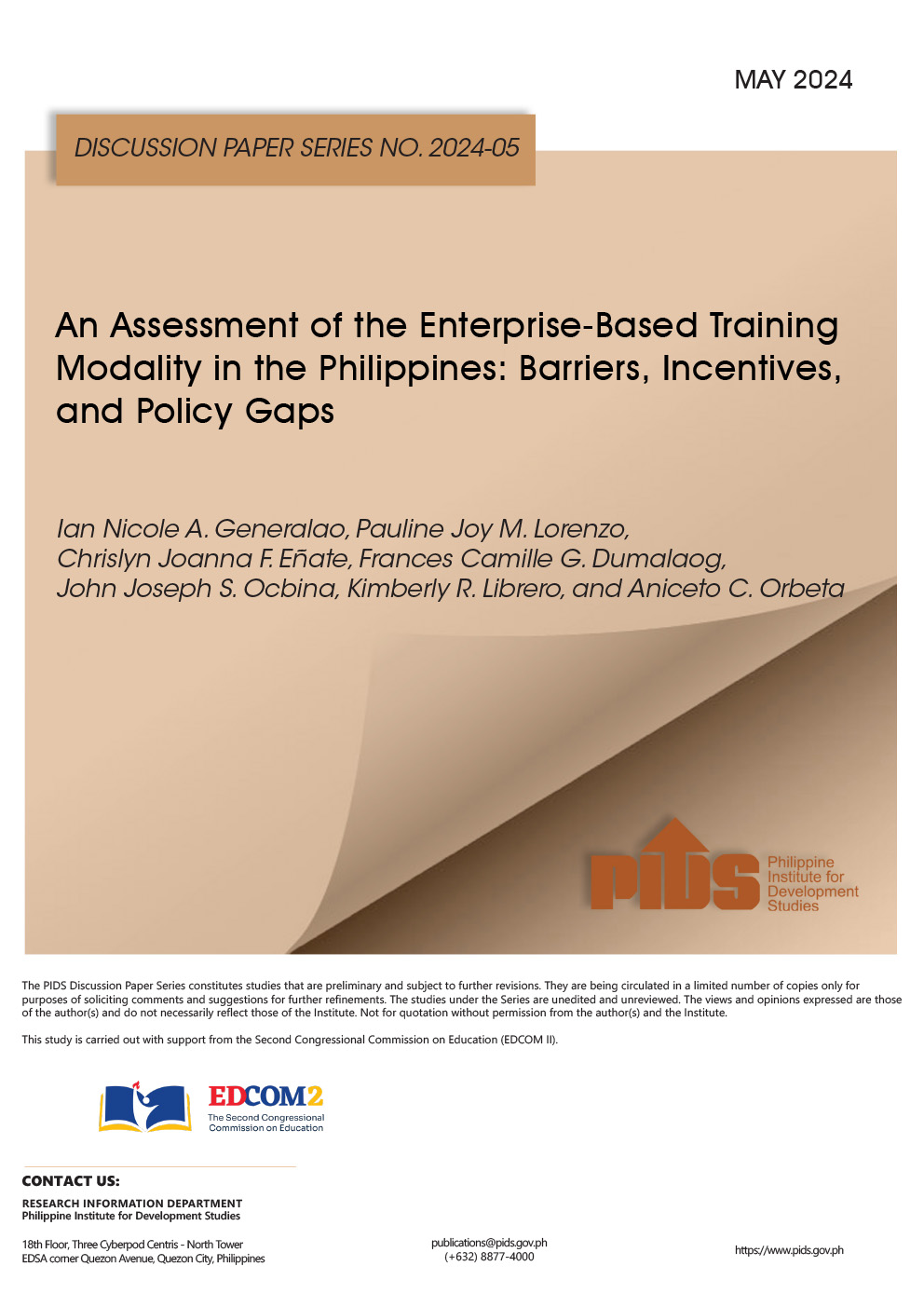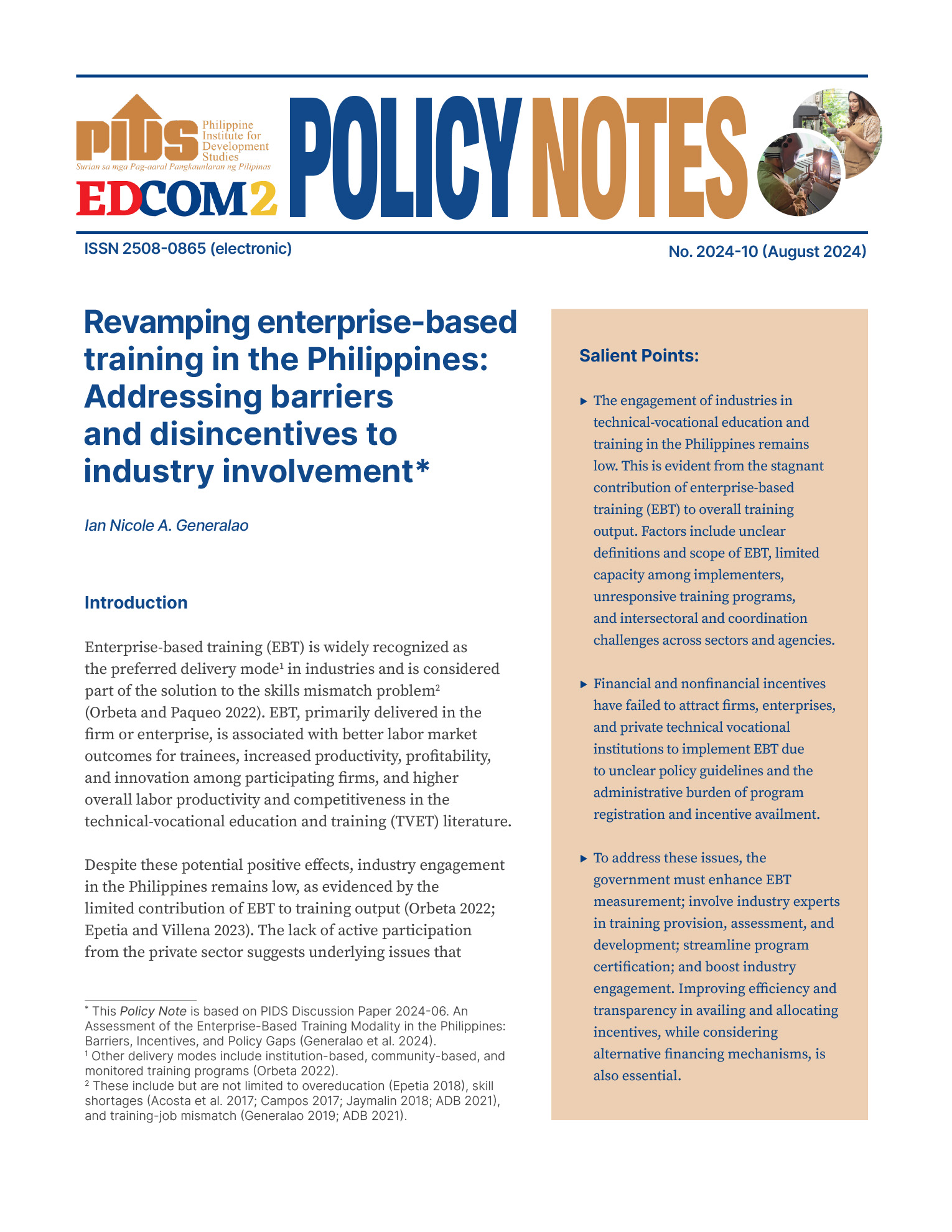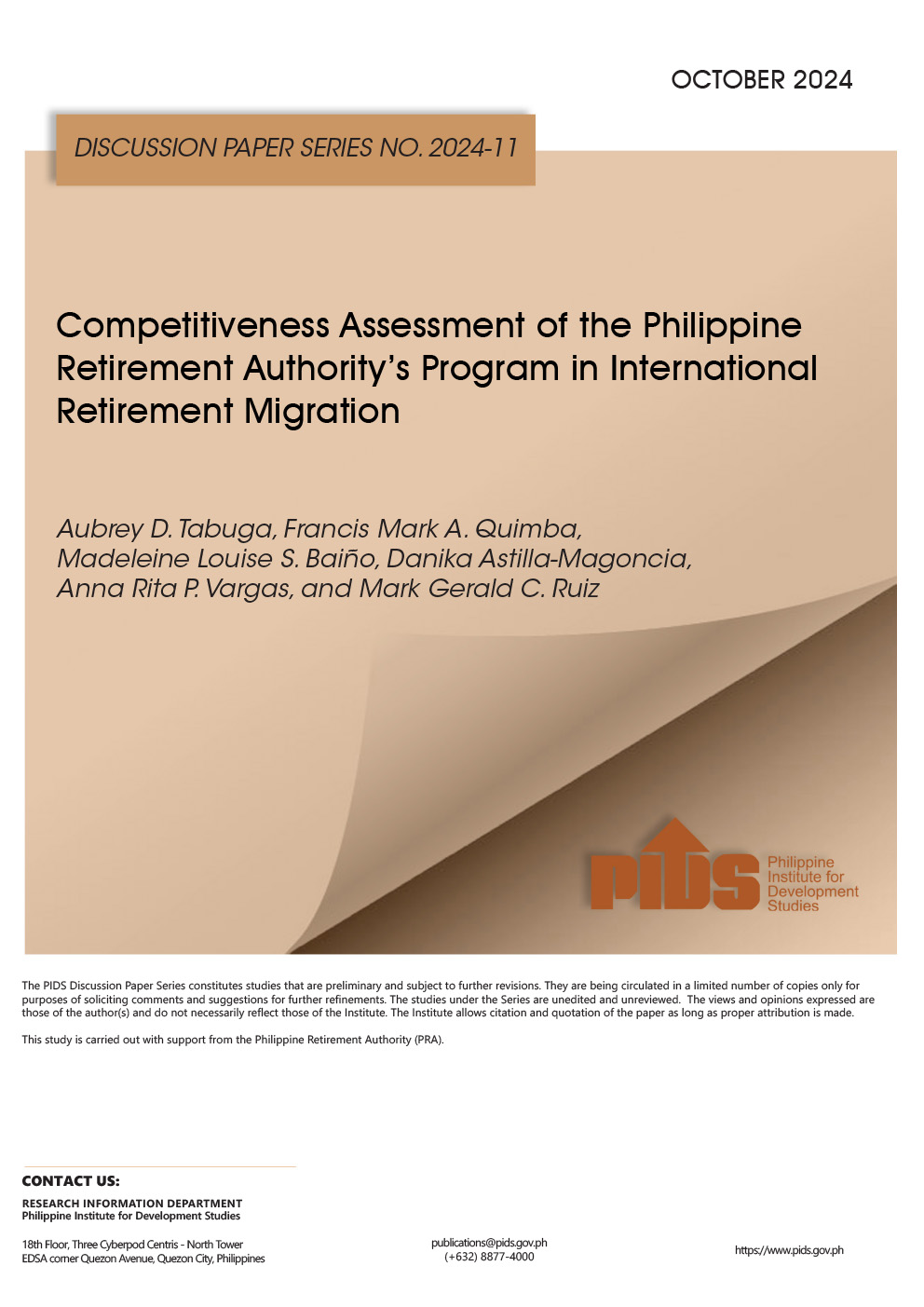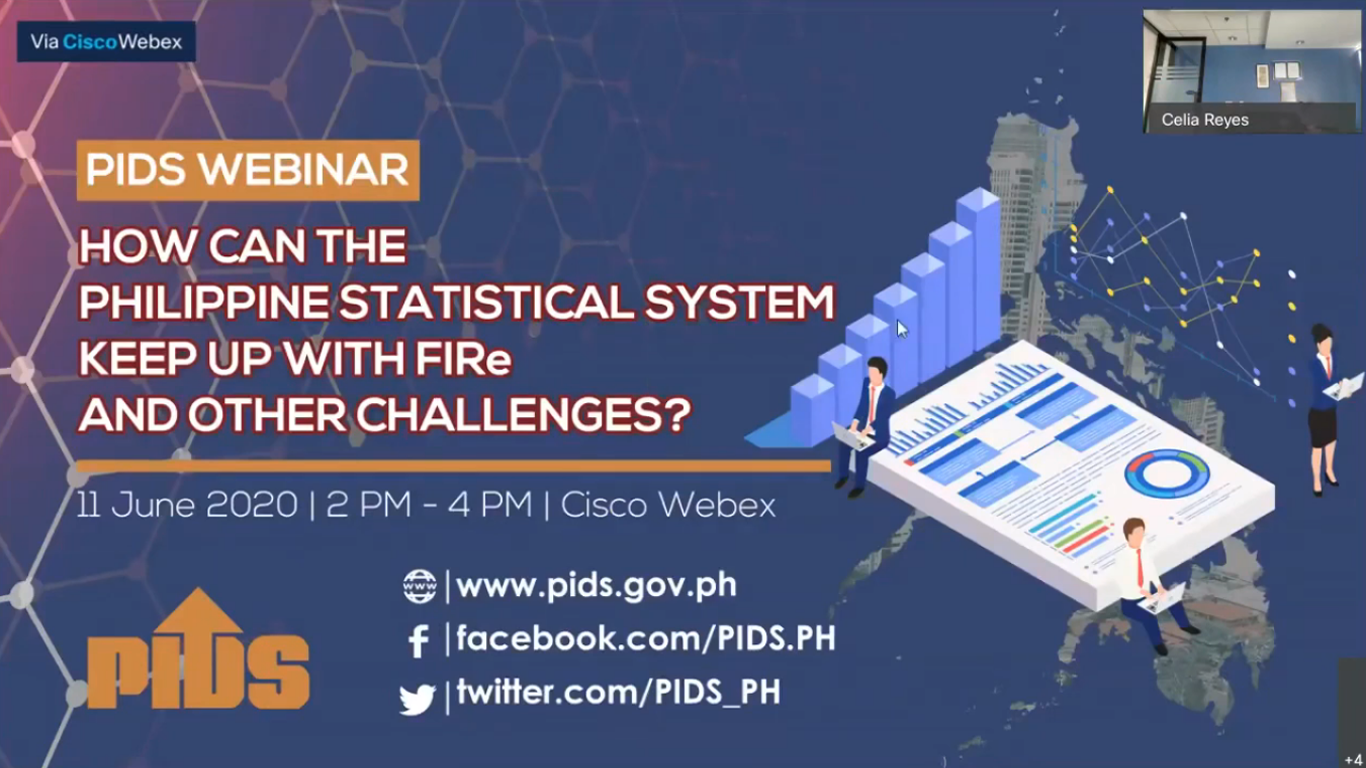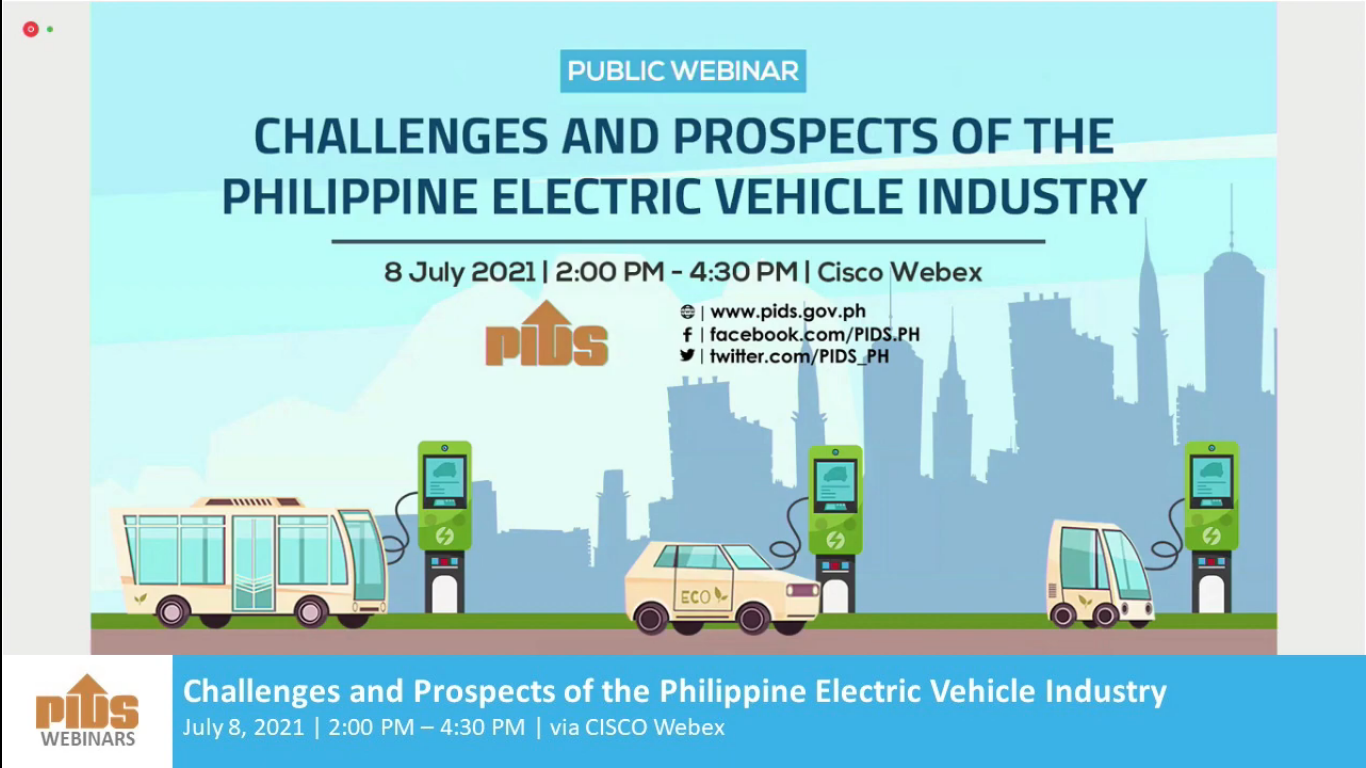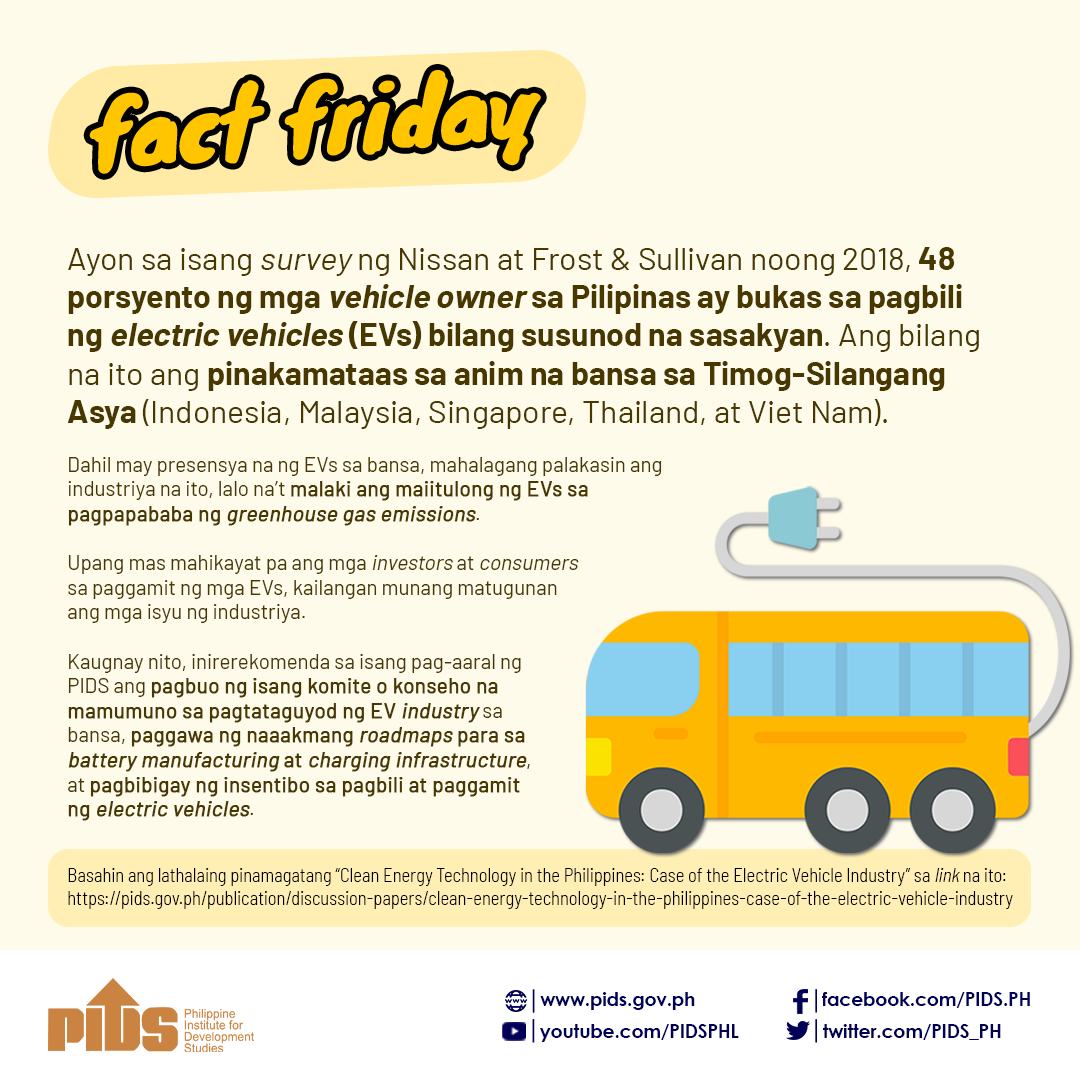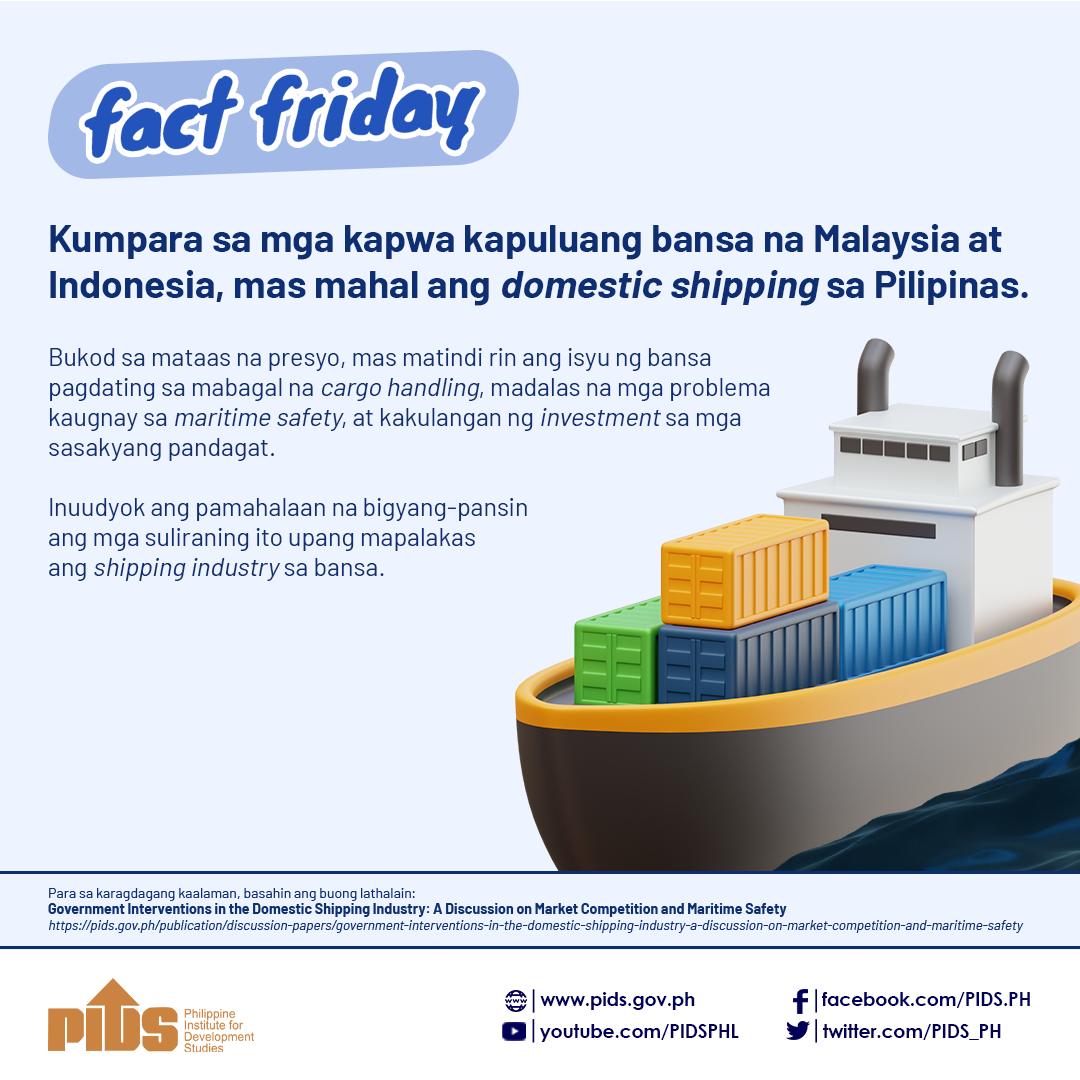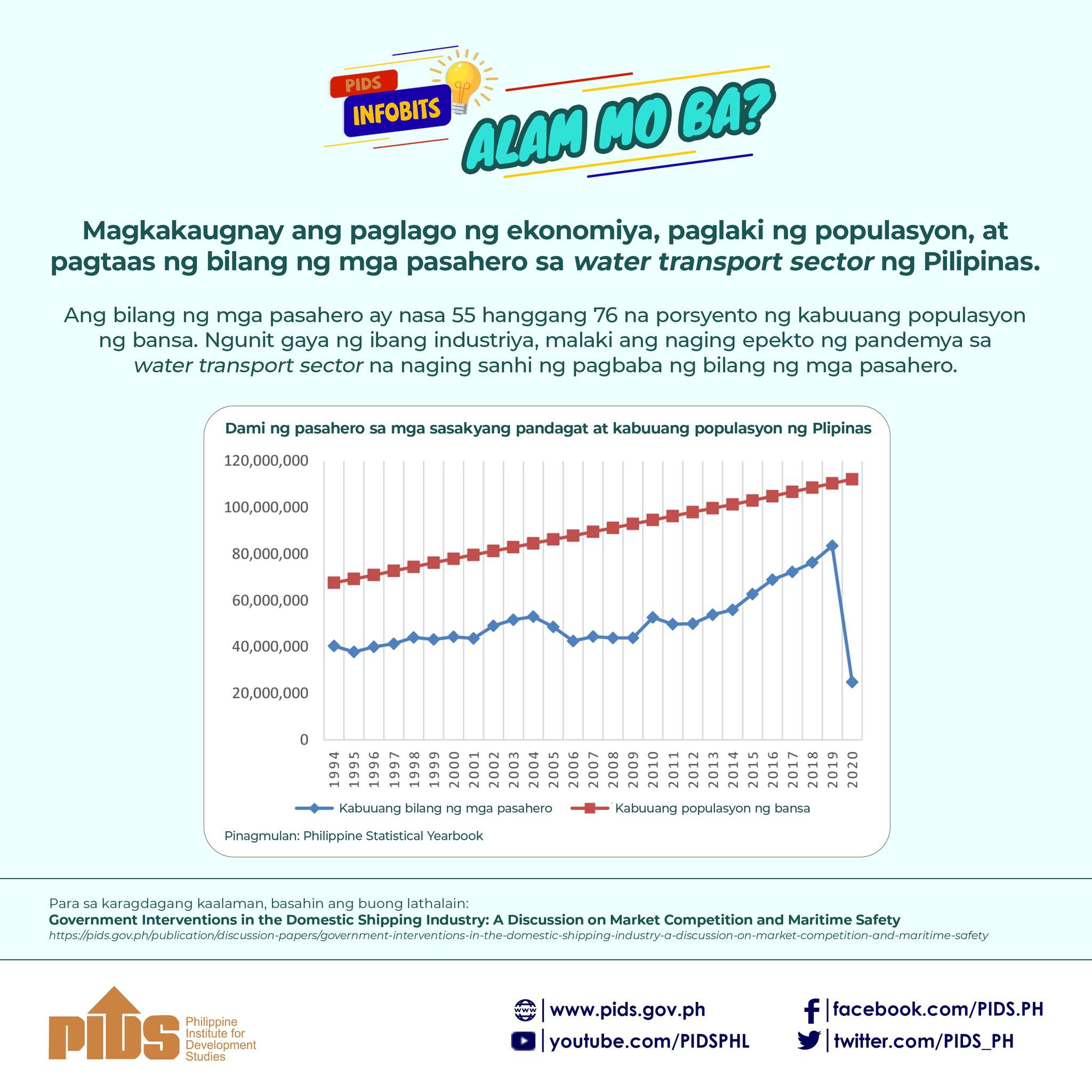Part 1 - For over 20 years now, the government has been trying to develop the automotive industry through various auto policies and programs. However, these resulted in very limited success, as the automotive assemblers encountered difficulties in achieving the scale necessary to reduce their costs and improve their competitiveness. So global automakers have not located their regional assembly operations in the Philippines and have not assigned us the role of a regional hub for any specific car model. Ford tried to make the Philippines its hub for passenger cars in the early 2000s.
But difficulties in meeting the required volume forced it to transfer its domestic assembly operations to Thailand last year. Volume has remained a major internal problem in reducing firms’ costs and improving their competitiveness. The relatively small size of our domestic market has been exacerbated by the entry of used vehicles in the Subic Bay Freeport during the early 2000s and Port Irene in Cagayan in more recent years. The industry has been facing stiff competition from second-hand imported vehicles which are priced 30% to 50% lower than their new counterparts (depending on vehicle model). Under Republic Act 8506, the importation of second-hand cars has remained prohibited. Used cars cannot be imported, except for imports of returning residents and members of the diplomatic corps. However, this has been circumvented through free port zones which have been used as staging points to allow the duty-free entry of used vehicles in the country.
Yellow Pad: Can the auto industry survive smuggling?

